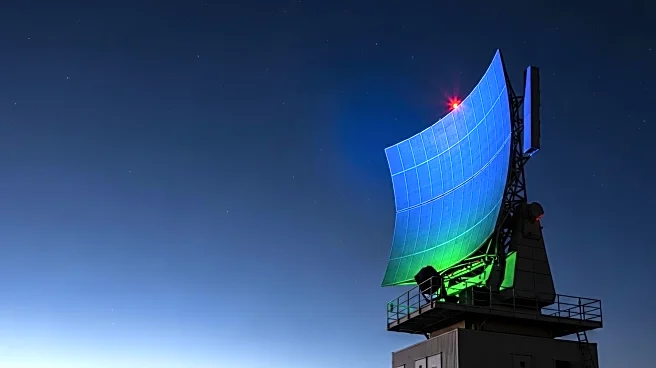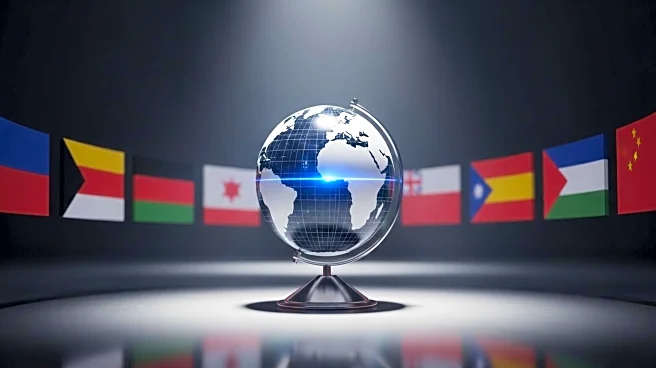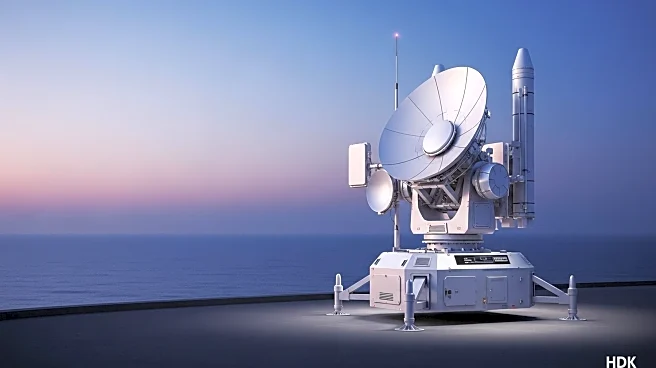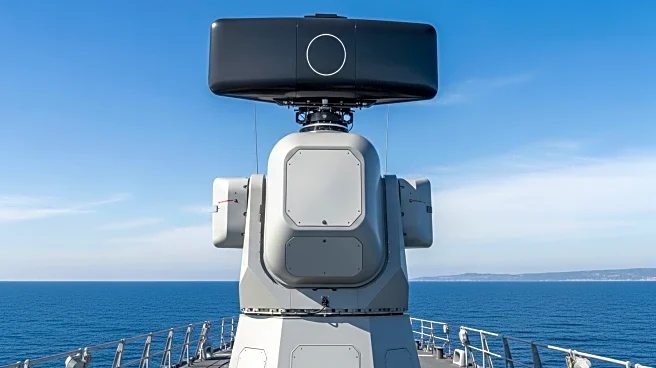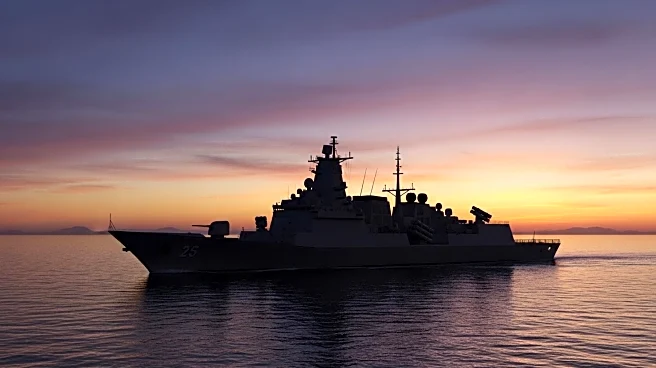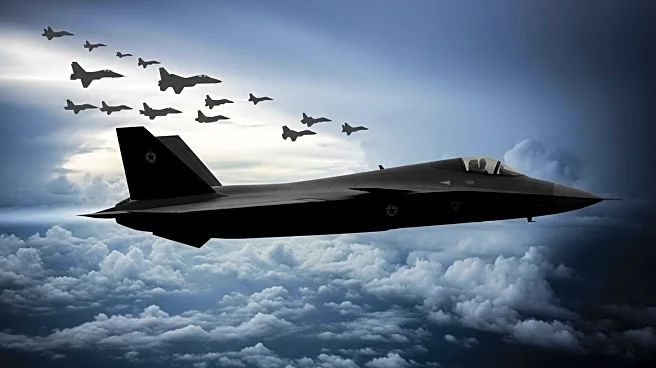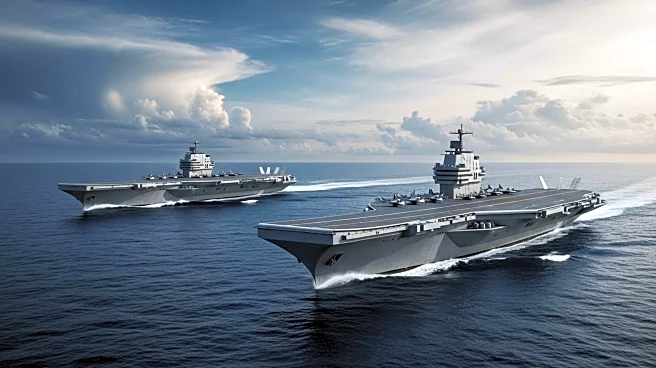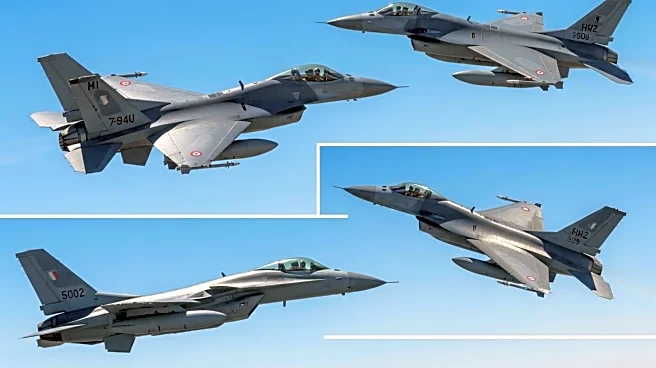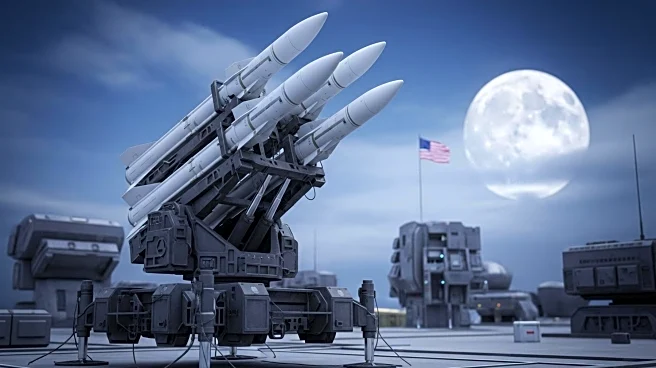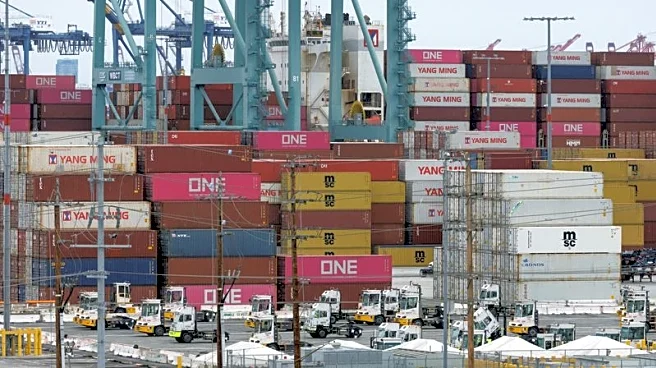What is the story about?
What's Happening?
Japan has taken significant steps to bolster its missile defense capabilities in response to threats from China and North Korea. The country is working closely with the United States to enhance its military defenses, including the acquisition of 400 long-range Tomahawk cruise missiles and the construction of two large naval ships, known as Aegis System Equipped Vessels. These vessels are designed to intercept ballistic missiles, a critical capability given the frequent missile tests conducted by North Korea near Japanese waters. The U.S. defense contractor Lockheed Martin has announced the successful initial power-up of the Aegis System Equipped Vessel's Shipset 1 radar system at a test facility in New Jersey. This radar system, known as AN/SPY-7(V)1, is touted as the world's most powerful and versatile, capable of detecting and engaging multiple sophisticated ballistic missile and advanced air threats simultaneously. The first radar system is expected to be delivered to Japan next year after completing testing in the U.S.
Why It's Important?
The enhancement of Japan's missile defense capabilities is a strategic move in the context of regional security dynamics. With China possessing missiles capable of targeting Japan, including U.S. military bases, and North Korea's ongoing missile tests, Japan's defense upgrades are crucial for maintaining regional stability. The collaboration with the U.S. underscores the importance of international alliances in addressing security threats. This development not only strengthens Japan's defense posture but also reinforces the U.S.'s strategic presence in East Asia. The deployment of advanced radar systems and missile interceptors is likely to deter potential aggressors and reassure allies in the region.
What's Next?
Japan is expected to continue enhancing its defense capabilities, potentially building additional naval vessels equipped with advanced missile interception systems. The Aegis System Equipped Vessels are anticipated to become operational by 2027, classified as guided-missile cruisers due to their size and capabilities. As testing progresses, Japan and the U.S. will likely evaluate the effectiveness of these systems in real-world scenarios, adjusting their defense strategies accordingly. The ongoing developments may prompt reactions from neighboring countries, particularly China and North Korea, influencing regional military and diplomatic interactions.
AI Generated Content
Do you find this article useful?
